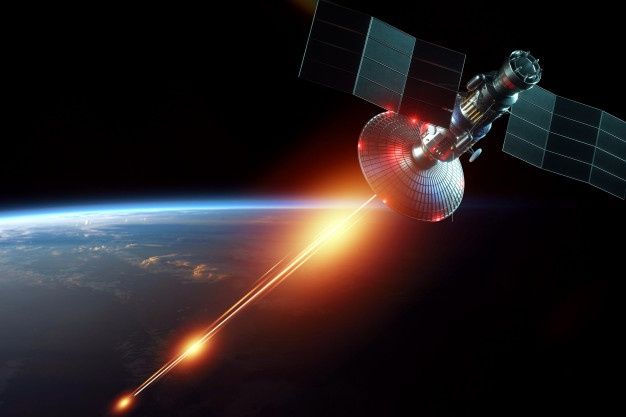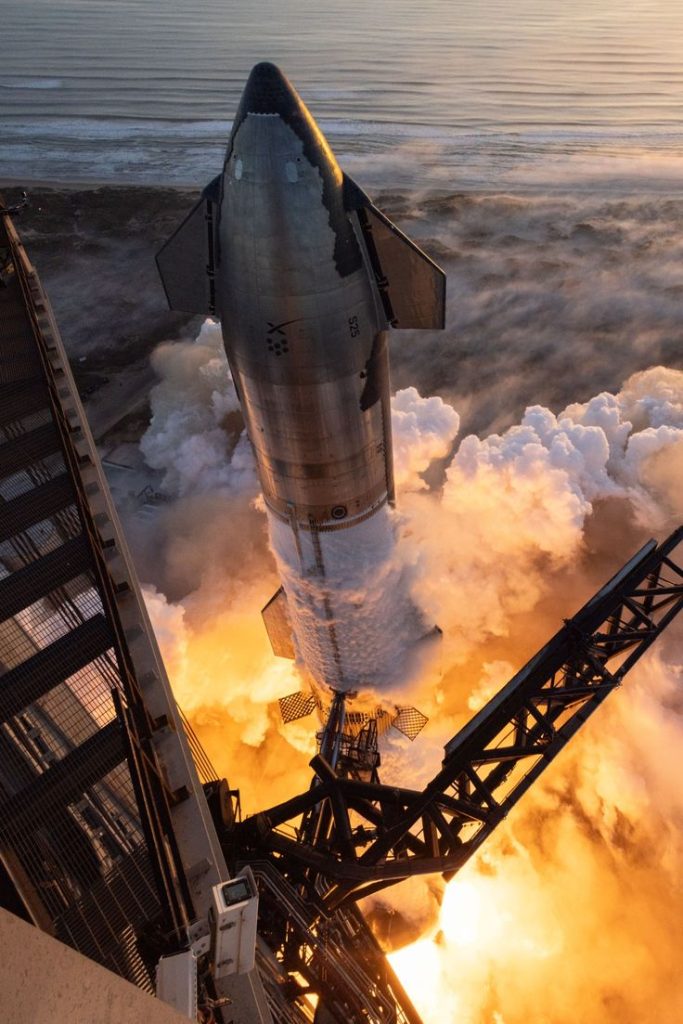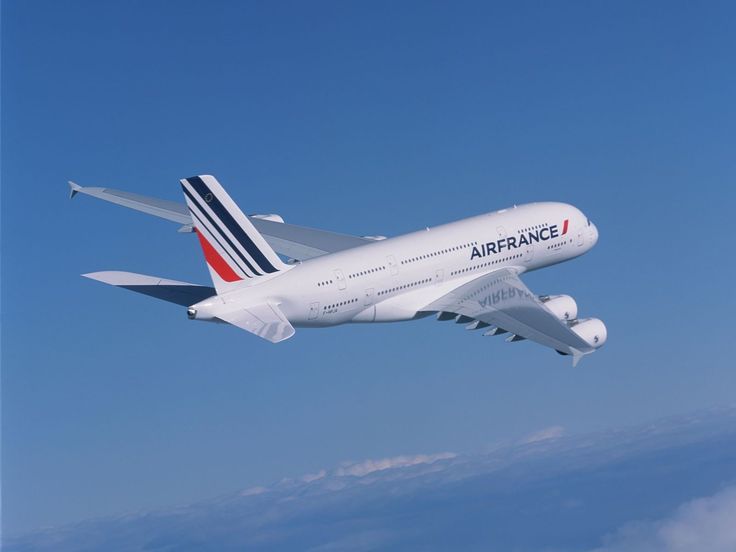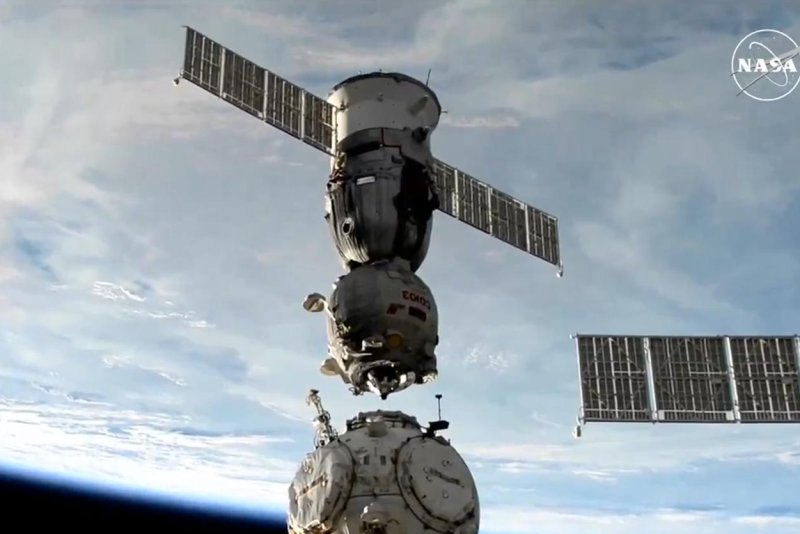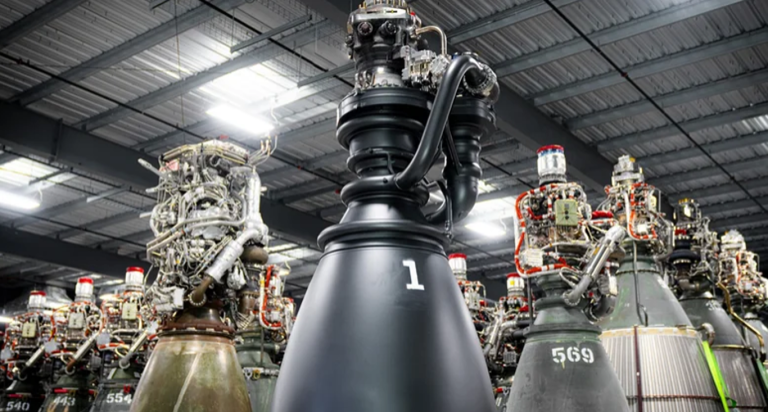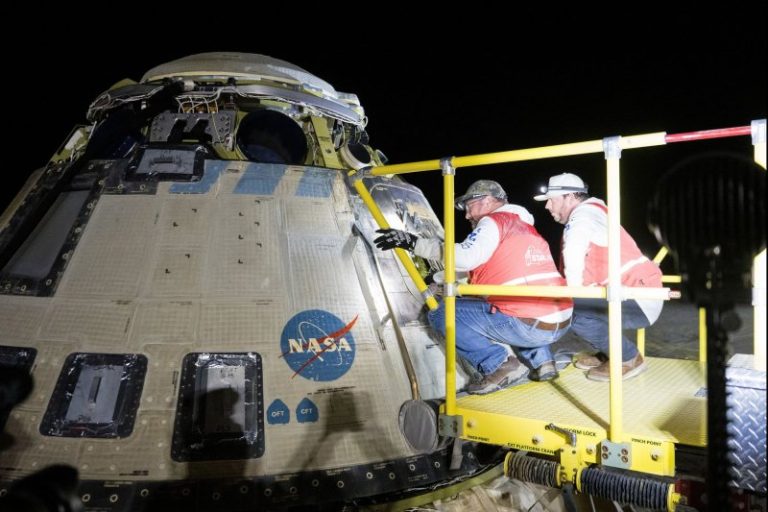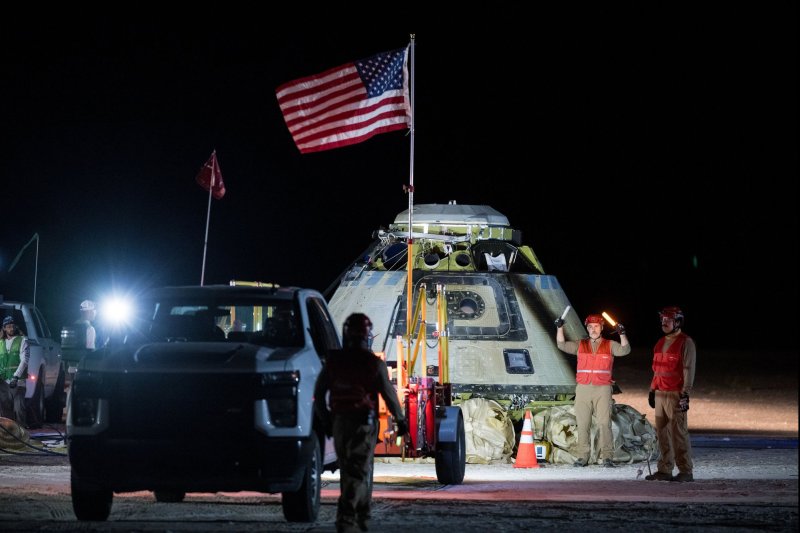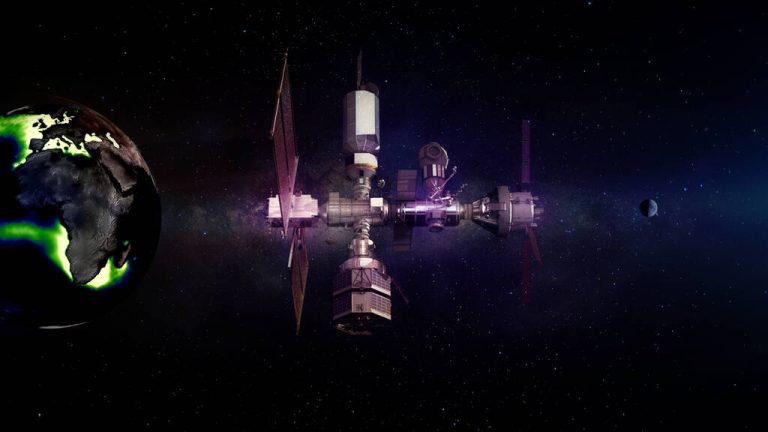SpaceX Enters the Spy Satellite Industry: What It Means for National Security
SpaceX’s entrance into the spy satellite industry marks a significant shift in military contracting, raising both opportunities and concerns for national security. With its established reputation for innovation, cost-effectiveness, and speed, SpaceX is set to reshape how the U.S. military acquires and utilizes satellite technology. However, this shift also highlights risks associated with over-dependence on a single vendor, particularly one led by a figure as unpredictable as Elon Musk. The implications for national security, competition in the aerospace sector, and the relationship between private industry and government are profound.
Summary
- SpaceX’s Role: SpaceX is becoming a major contractor for military satellites, traditionally dominated by companies like Raytheon and Northrop Grumman.
- Military Innovation: The Pentagon’s Space Development Agency has successfully tested laser communications for military satellites, enhancing data transmission speeds and security.
- Potential Risks: Concerns are growing regarding a monopoly in the military satellite sector, with potential implications for innovation and pricing.
- Economic Impact: SpaceX’s contracts and advancements may reshape the landscape of military space operations, influencing spending patterns and priorities in the defense sector.
- Strategic Response: The U.S. government is increasingly focused on countering China’s advancements in space technology and military capabilities.

Introduction
SpaceX’s recent move into the spy satellite industry is transforming the landscape of military contracting and national security. This shift not only represents a breakthrough for the company itself but also raises critical questions about the future of defense technology and the potential consequences of increased reliance on a single vendor.
Historically, the military and intelligence communities have relied on established contractors like Raytheon and Northrop Grumman. However, as Elon Musk’s company continues to innovate and secure contracts, the implications for national security become more pronounced. This article will explore the factors driving SpaceX’s expansion into the spy satellite domain, the challenges and risks it poses, and its potential impact on U.S. military operations.
SpaceX’s Expansion into Military Contracting
In recent months, the Pentagon’s Space Development Agency achieved a major milestone by successfully using lasers to transmit data between military satellites at light speed. This capability allows for quicker and more secure communication, essential for tracking and responding to missile threats. SpaceX has been instrumental in this advancement, highlighting its growing role in military space operations.
Traditionally, military satellite contracts have been dominated by a few established players. SpaceX’s entry into this field introduces a new level of competition, which could lead to improved technology and lower costs for the government. The company’s successful launches and reliable satellite systems are setting new standards for performance and affordability.
Table 1: Major Players in Military Satellite Industry
| Company | Key Strengths | Notable Contracts |
|---|---|---|
| SpaceX | Fast, reliable launches | Space Development Agency |
| Raytheon | Advanced missile systems | Multiple military contracts |
| Northrop Grumman | Comprehensive defense tech | National Reconnaissance Office |
| York Space Systems | Innovative satellite solutions | Emerging contracts |
The Strategic Implications of SpaceX’s Expansion
The growing capabilities of SpaceX in the military space sector come at a critical time. With China’s rapid advancements in space-based military technologies, the U.S. must enhance its satellite capabilities to maintain an edge. SpaceX’s innovations can play a significant role in addressing these challenges.
While SpaceX’s rapid ascent in military contracting offers benefits, it also raises concerns about monopolization. The U.S. government might unintentionally create a situation where SpaceX becomes the sole supplier of critical military satellite capabilities. This reliance could hinder competition and inflate prices, ultimately impacting the military’s operational effectiveness.
Table 2: Potential Risks of Over-Reliance on SpaceX
| Risk | Description |
|---|---|
| Monopoly | Reduced competition leading to higher costs |
| Vendor Lock-In | Difficulties for new entrants in the market |
| Operational Risk | Dependency on one company’s technology |
| Security Concerns | Risks associated with private control of data |
SpaceX’s Role in National Defense
SpaceX has been awarded numerous contracts, demonstrating its capacity to meet the military’s needs. The Pentagon’s decision to award contracts primarily to SpaceX highlights its unique position as a reliable contractor capable of delivering innovative solutions quickly.
As noted by Derek Tournear, the director of the Space Development Agency, “We are going to do this with hundreds and hundreds of satellites.” This ambitious plan indicates the potential scale of SpaceX’s involvement in military satellite operations.
Elon Musk’s influence extends beyond technology. His connections with international leaders and involvement in partisan politics could complicate SpaceX’s role in national security. Critics express concern about Musk’s unpredictable nature and how it might affect military operations.
Challenges Facing SpaceX in Military Contracting
Navigating the complex landscape of government regulations presents a significant challenge for SpaceX. The company’s rapid growth must align with the stringent requirements of military contracts, which often prioritize security and reliability.
As SpaceX expands, it faces the challenge of maintaining its innovative edge. The pressure to deliver advanced technology while ensuring reliability and cost-effectiveness will be crucial for sustaining its competitive advantage.
The lack of transparency in SpaceX’s operations and financial dealings raises concerns among policymakers. This situation could hinder the Pentagon’s ability to fully assess the risks and benefits of working closely with a single contractor.
SpaceX’s entry into the spy satellite industry signals a transformative shift in military contracting, with profound implications for national security. As the company continues to innovate and secure contracts, the potential benefits for the U.S. military are significant. However, the risks associated with over-reliance on a single vendor, particularly one led by a figure as unpredictable as Elon Musk, cannot be overlooked.
References
- Business-Standard: Musk’s SpaceX moves into spy game
- Defense Science Board: Report on Commercial Space Industry
- Space Development Agency: Official Announcements on Satellite Developments
- SatNews: Updates on Military Satellite Contracts

